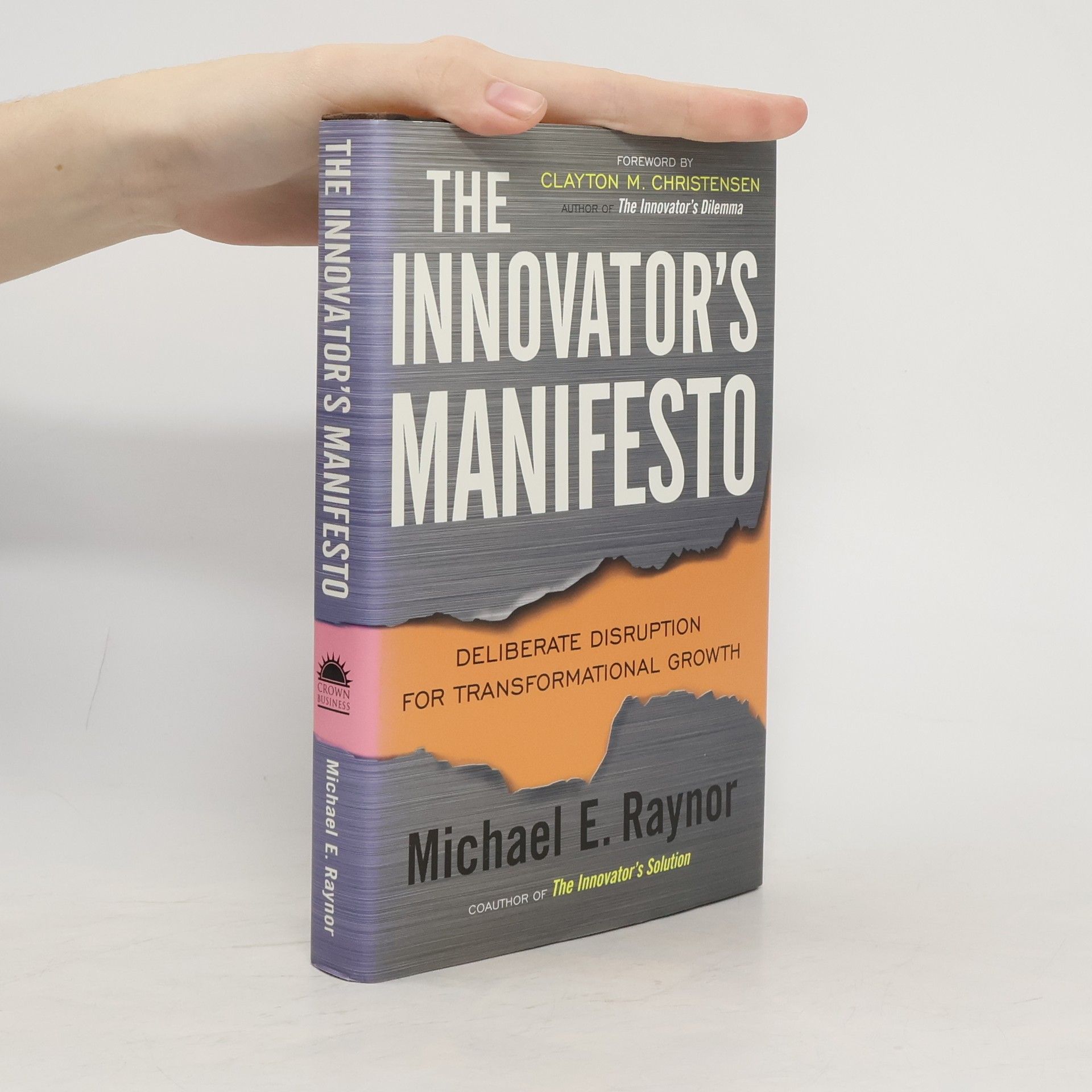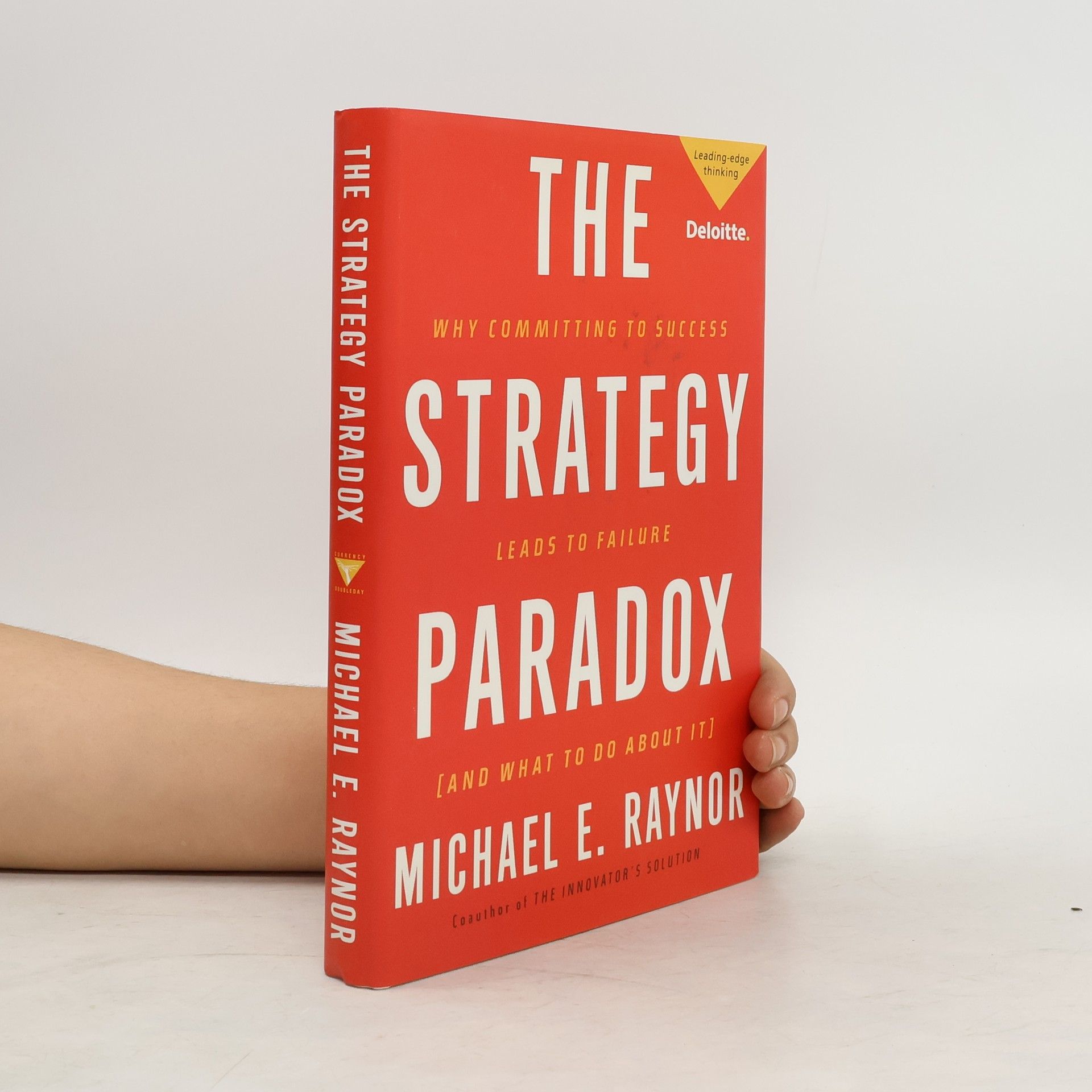In The Three Rules, Michael Raynor and Mumtaz Ahmed provide a clear framework for achieving superior long-term performance. The adage "takeoffs are optional; landings are mandatory" applies to corporate performance as well, highlighting that while many companies may soar, only a few consistently excel. Through a comprehensive five-year study, the authors analyzed vast amounts of data to identify 18 companies with exceptional lifetime performance. They discovered that success hinges on executives' choices in three critical areas: price, position, and persistence. These rules empower leaders across various organizations to make tough decisions that foster sustained success. In times of pressure and uncertainty, understanding what strategies work best for top-performing companies is essential. Raynor, a Director at Deloitte Consulting LLP, specializes in corporate strategy, innovation, and growth, and is known for coauthoring The Innovator's Solution and authoring The Strategy Paradox. Ahmed, an engineer and accountant, contributes to the Strategy & Operations department at Deloitte Consulting LLP. Together, they offer valuable insights for leaders seeking to navigate the complexities of business and drive long-term success.
Michael E. Raynor Reihenfolge der Bücher




- 2013
- 2011
Argues that disruption theory, the belief that great breakthroughs are the fringe technologies that redefine their categories, is the only method for accurately predicting a company or product's success.
- 2007
With detailed case studies of successes and failures at Sony, Microsoft, AT&T, and other major companies, Raynor presents a concrete framework for strategic action that allows companies to seize today's opportunities while simultaneously preparing for tomorrow's promise.
- 2003
In „The Innovator’s Solution“ erläutern Clayton M. Christensen und Michael E. Raynor, wie Unternehmen disruptive Innovationen erfolgreich entwickeln und vermarkten können. Das Buch vergleicht diesen Prozess mit dem Segeln, wobei es darum geht, die richtigen Bedingungen zu erkennen und zu nutzen. Es wird betont, dass der Ausgangspunkt entscheidend für den Erfolg ist, insbesondere im Hinblick auf die technologischen und gewinnorientierten Kräfte, die auf das Unternehmen einwirken. Anstatt genaue Strategien oder Vorhersagen über technologische Entwicklungen zu benötigen, sollten Unternehmer sich auf optimale Ausgangsbedingungen konzentrieren. Wenn diese gegeben sind, ergeben sich die richtigen Entscheidungen oft von selbst. Um die Chancen auf Erfolg zu maximieren, ist es wichtig, ein Geschäftsmodell zu entwickeln, dessen Ressourcen, Prozesse und Werte die vorhandenen Kräfte effektiv nutzen. So wird vermieden, in die falsche Richtung abzudriften. Das Buch bietet somit einen praktischen Leitfaden für die Gründung neuer, wachstumsstarker Unternehmen und hilft, die Herausforderungen im Innovationsprozess besser zu meistern.